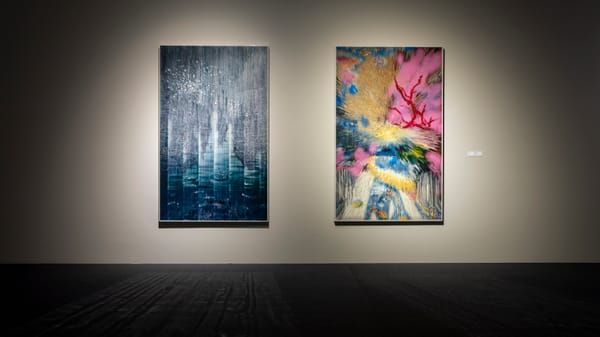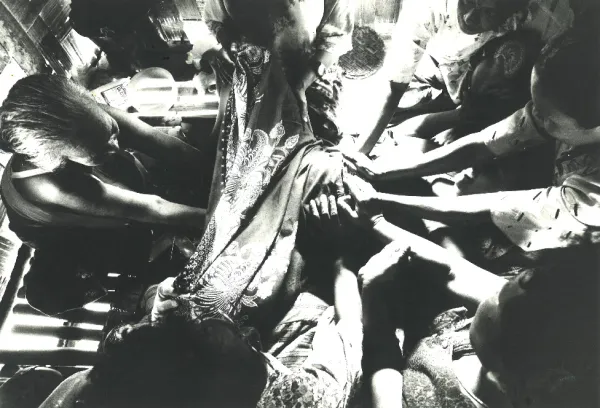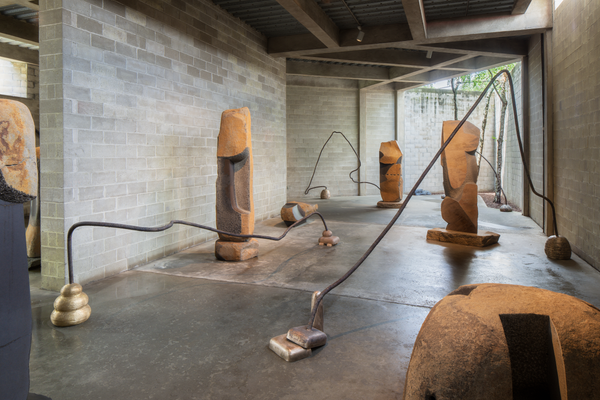Shows
Unwrapping the Nature of “The Gift”
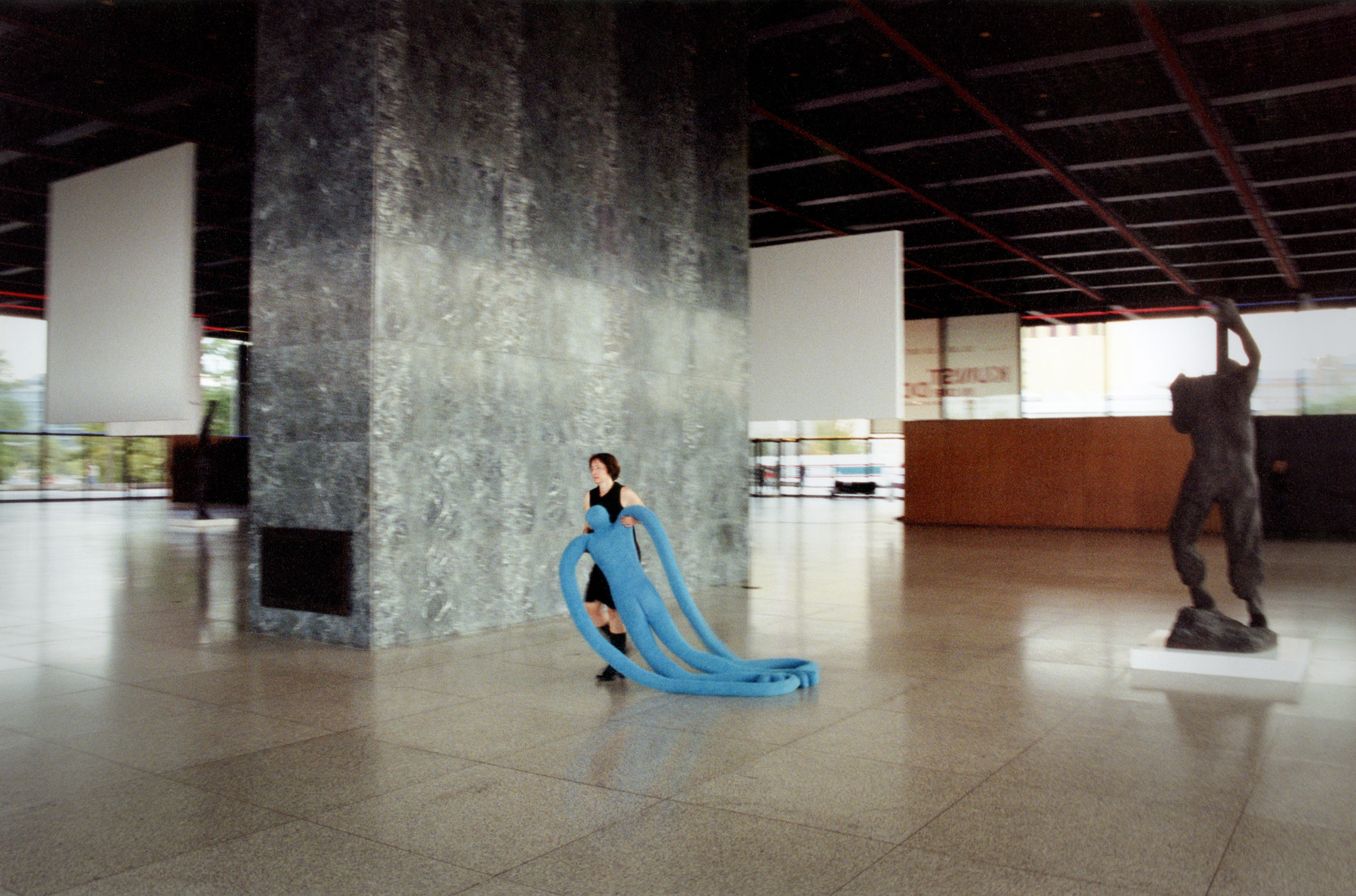

The titular theme of Singapore Art Museum’s (SAM) new exhibition, “The Gift,” aptly embodied the present nature of the museum itself. Currently undergoing a major revamp, SAM now operates as a kind of nomadic museum, partnering with other arts institutions to host its exhibitions, as with “The Gift,” which made use of the Ngee Ann Kongsi Concourse Gallery at National Gallery Singapore. SAM has become dependent on the aid—the gifts—of others.
“In culture and custom, gifting is the embodiment of a relationship,” observes June Yap, director of curatorial, collections, and programs at SAM and curator of the show. Yet, it is also “paradoxical—a gift is not supposed to be economic, but what appears to be generous is also burdensome, vexatious and poisonous.”
Stepping into the dimly lit gallery space, one was drawn to Singaporean artist Donna Ong’s The Caretaker (2008), an installation wrapped up in the unsavory business of power exchanges and hidden politics that Yap’s statement on the seemingly innocent act of gifting hints at. Eerie black-and-white photographs of waxen dolls plaster the walls of open cubicles in neat rows with an aggressive seriality echoed in the many doll boxes that line them. Ong’s project is a parafictional re-enactment of the Friendship Doll Project initiated in 1927 by American missionary Reverend Sidney Gulick, whereby the United States and Japan took part in a “gift exchange,” sending each other dolls as signs of political goodwill. After the bombing of Pearl Harbor and World War II, however, these dolls—viewed as international ambassadors—were subject to various abuses: many were destroyed, de-acquisitioned from museum collections, or stored away.
Even as The Caretaker attempts to remake history in screening quaint videos of the dolls moving and finally meeting each other with a lifelike illusionism, one was still left unsettled. The actual dolls remain absent, experienced only secondhand via videos, sealed boxes, and photographs that more than resemble a catalogue of missing children posters.
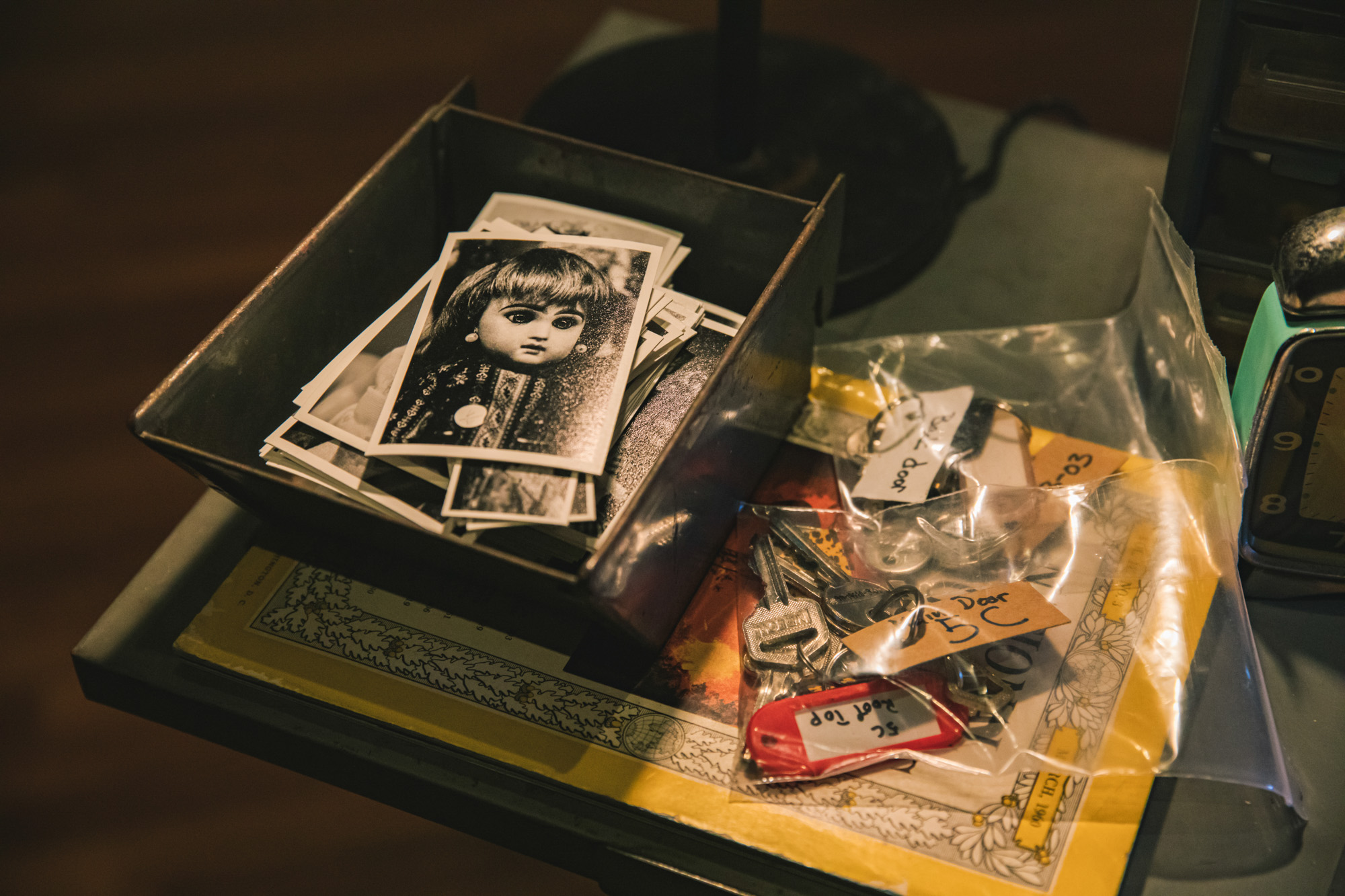
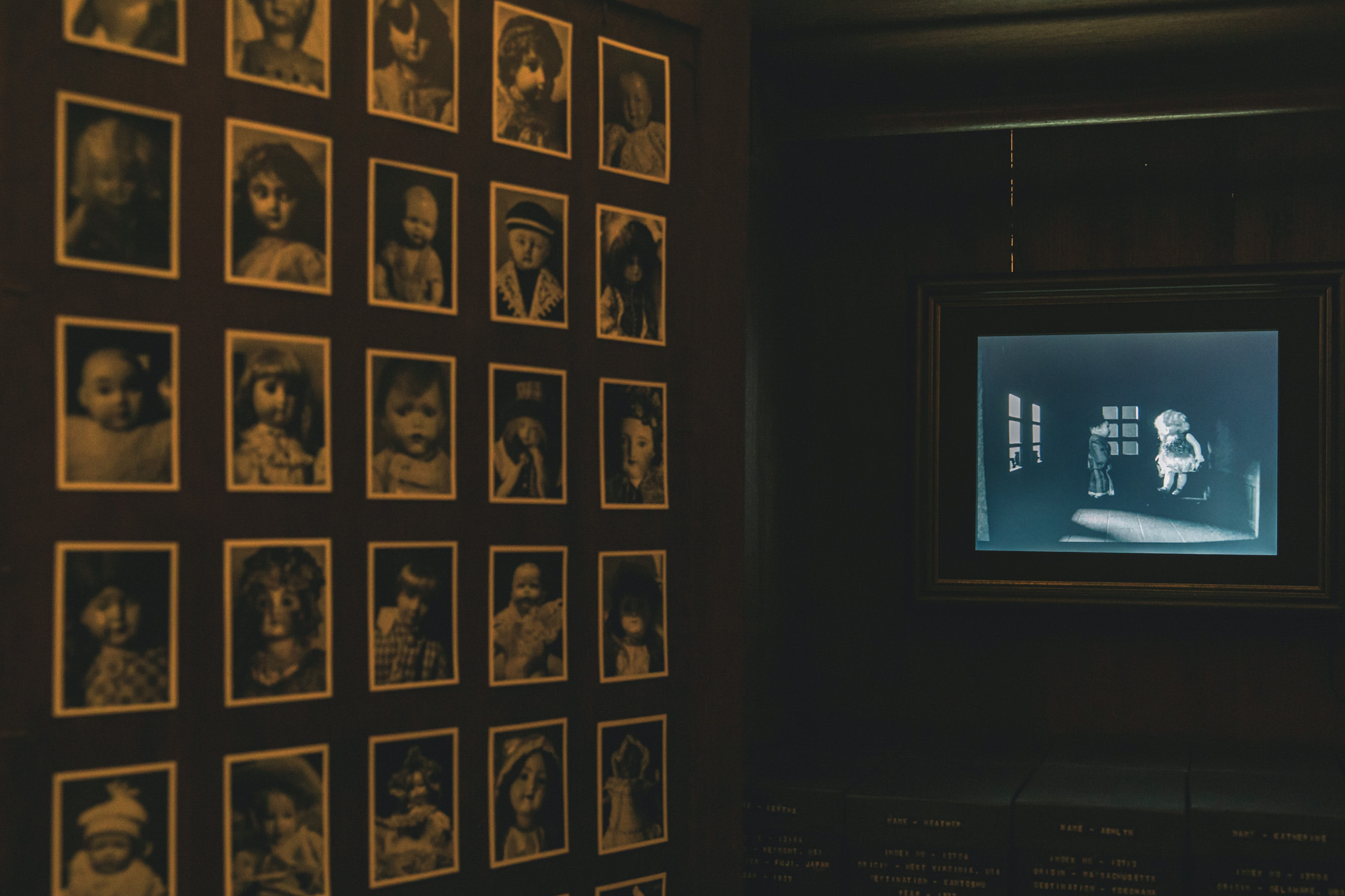
The exhibition’s subtle pairing of Dolorosa Sinaga’s Solidarity (2000) and Ampannee Satoh’s The Light (24:31) (2013) ingeniously implicated the two artworks in a trans-national and temporal encounter, one which appeared to speak of feminisms throughout history as products of each other—mutual gifts given freely. In Sinaga’s deceptively diminutive-looking sculpture, a group of women are rendered as interlocking figures, their mouths twisted in agony. They signal resistance against the May 1998 riots in Indonesia, which involved widespread sexual violence against ethnic Chinese women.
The Light (24:31), too, figures the female body as a site for ideas on womanhood to unfold. A burqa-clothed body forms the linchpin to this series of haunting black-and-white photographs, intersecting female and religious identity. It felt natural to link them to Satoh’s own upbringing in her predominantly Muslim hometown of Pattani, Thailand. In some images, flashes of skin or hair glow against the dark fabric. In another, only the dense blackness of fabric is seen. The body is posed in seemingly random states of dress, which might be read as giving Muslim women bodily autonomy—the right to determine if and how to veil—in the face of animosity toward Muslim dress codes, as the artist herself experience while studying in France, where full-face coverings like the niqab and burqa are banned.

SAM took “the gift” as an elastic concept, stretching it to encompass both physical and symbolic giving. But when extended to its breaking point, the curatorial logic showed its faults. Its screening of Holly Zausner’s Second Breath (2005), from the collection of Staatliche Museen zu Berlin, proved this. The short film traces Zausner’s interactions with a series of humanoid figures handcrafted from rubber silicon and knitted material, as she journeys through Berlin. Through the disorienting blur of shaky camera footage, one finds these boneless figures hurled around, dragged through grimy streets, and tossed into a river. As she takes up their physical burden, a psychic bond is formed between human subject and object. One might make an argument for the performance as breathing the gift of life into these inanimate things. But even this explanation requires a leap of imagination.
SAM developed “The Gift” as a dialogue between its collections, and those loaned from Galeri Nasional Indonesia, MAIIAM Contemporary Art Museum, and Berlin’s Nationalgalerie. And like quite a few of the other art objects exhibited, it seems like Second Breath was only there to demonstrate this simplistic, performative interpretation of exchange.
“The Gift” is on view at National Gallery Singapore until November 7, 2021.





